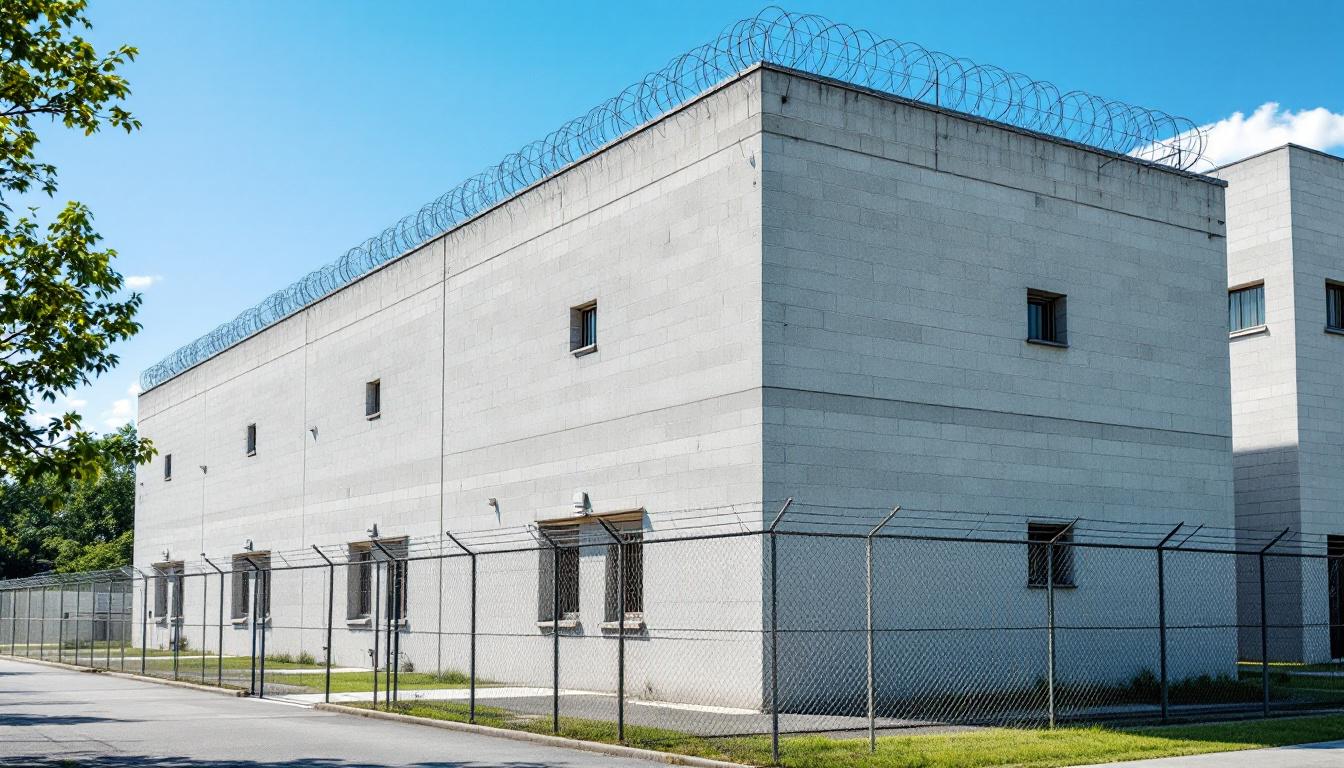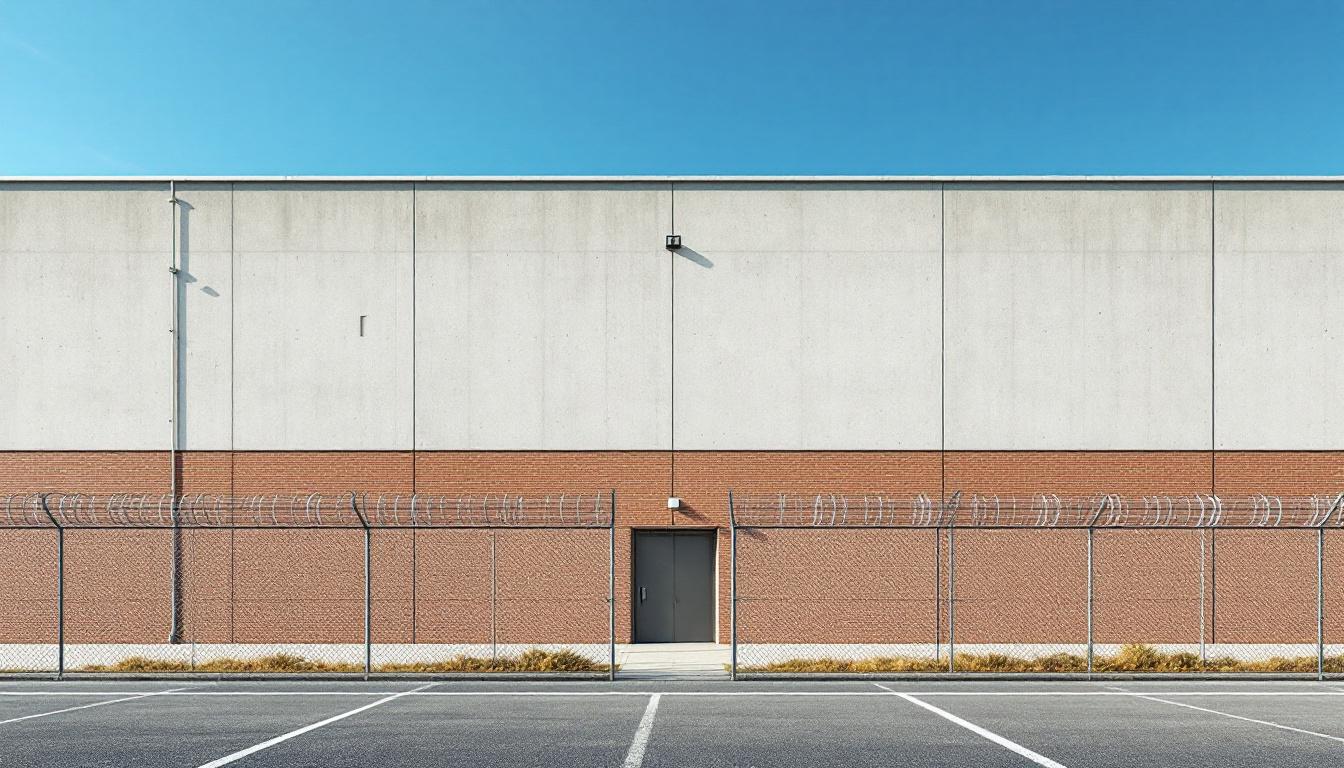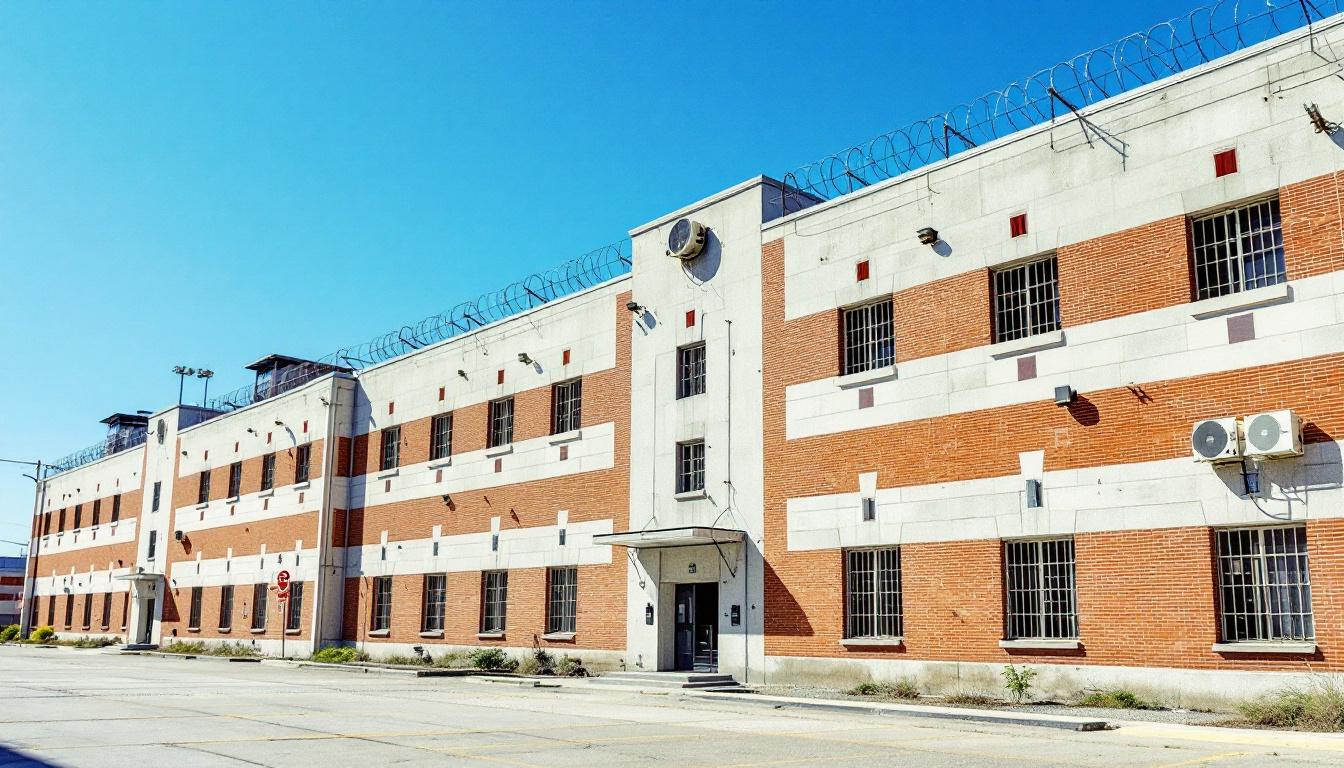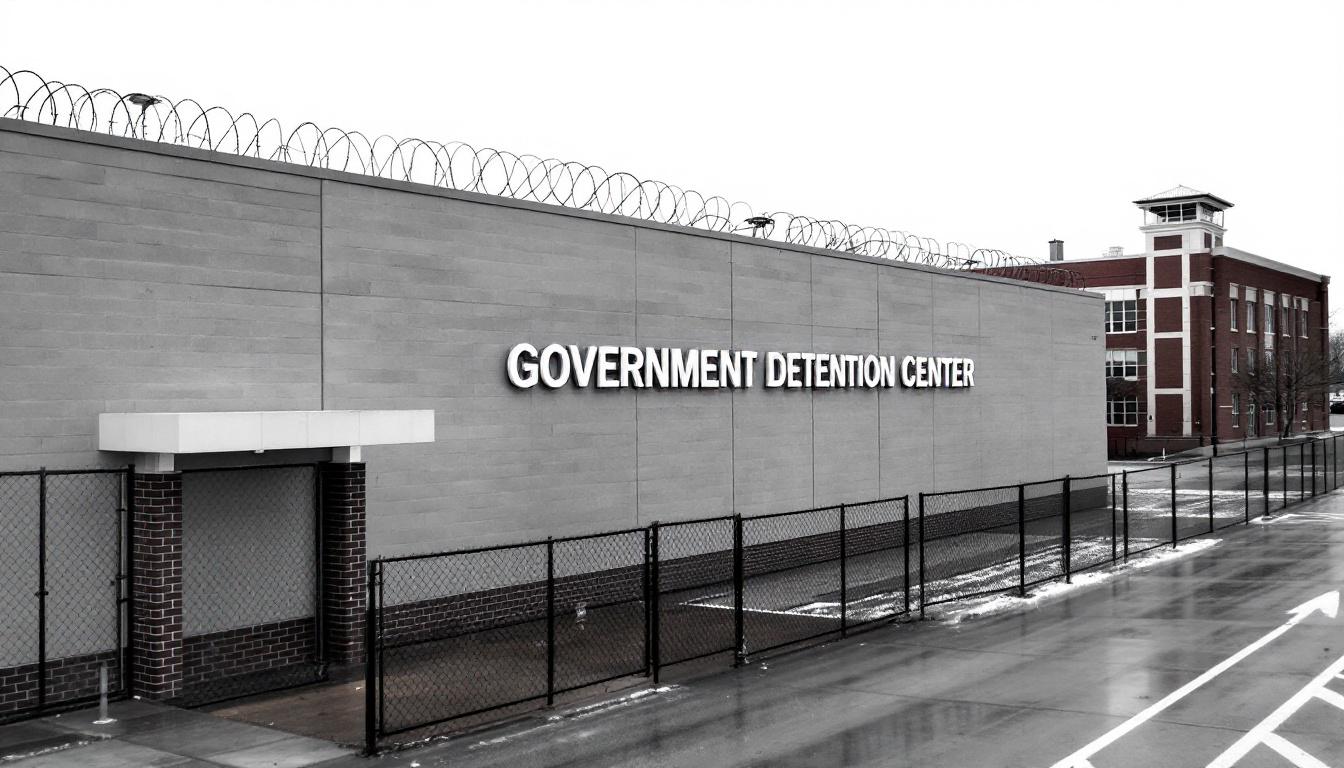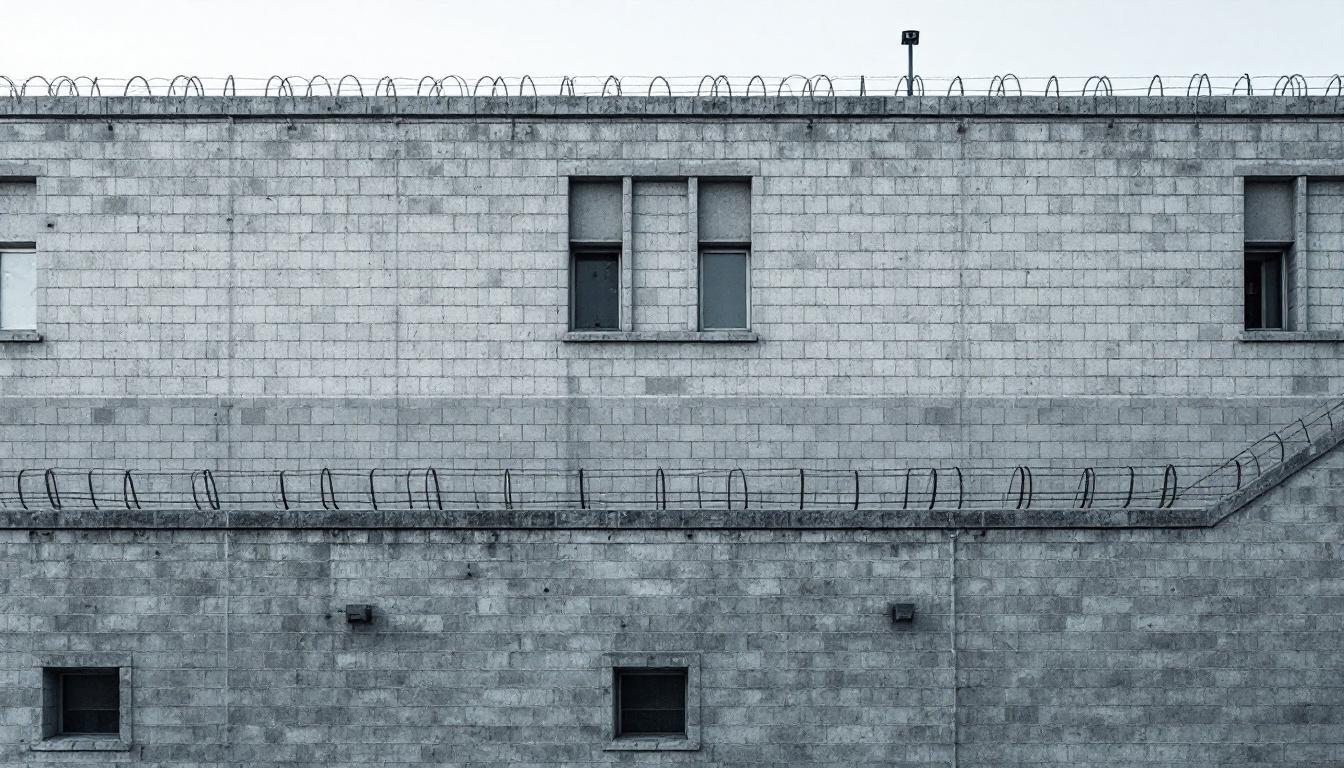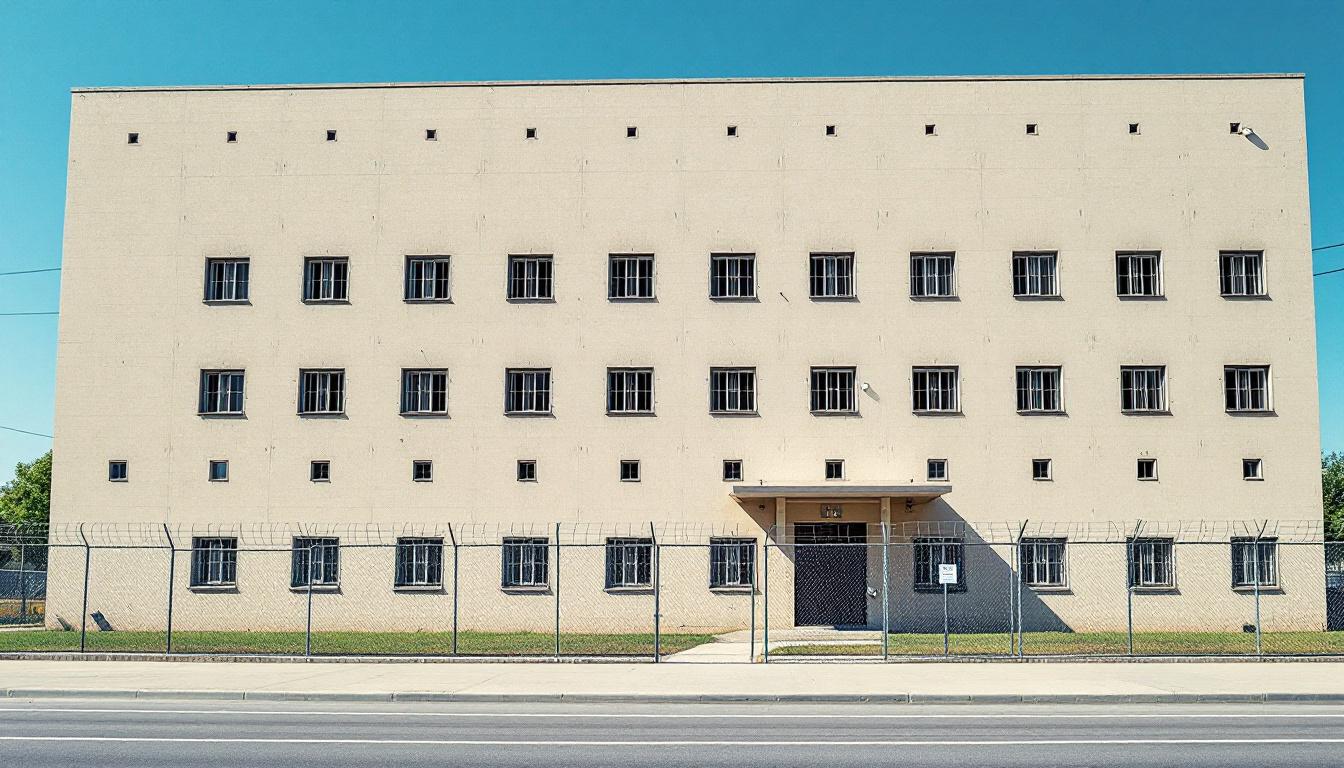
Quick Navigation
How to contact an inmate at Shawano County Jail
This comprehensive guide will walk you through how to connect with an inmate at Shawano County Jail. Follow the steps below to find an inmate and send letters and photos:
- Search for the inmate using our search tool below
- Create your account or log in to Penmate
- Write your message (up to 6,000 characters)
- Send instantly - inmates receive printed copies daily
Find an Inmate
Search for an inmate to start communicating today
Tip: You can search by first name, last name, or inmate ID number
To contact a person at Shawano County Jail start by searching for the person on the official facility website. Perform a search by following these steps:
- Step 1: Enter their first name and last name into the search form and click "Search"
- Step 2: Locate their inmate record
- Step 3: Write down their Inmate ID and any housing information provided
Important! Be sure to enter the person's full name. Nicknames should not be used.
How to Send Messages to Inmates

You can use your phone or computer to send emails, letters, and photos to an inmate. Messages are sent electronically to inmate tablets or kiosks at the facility. If you would like to send a message, start by searching for an inmate at Shawano County Jail.
Sending Photos and Postcards

A great way to send love and support to a loved one at Shawano County Jail is to send photos and postcards. It only takes a few minutes to send photos from your phone and it makes a huge difference. You can also mail postcards with words of support and inspiration, or design your own postcard for special moments like birthdays and holidays.
Important! Be sure not to send any explicit photos or they may not be approved by the facility. You can also use a photo printing app like Penmate to make sure your photos are printed at the correct size (4x6 or 3x5) and are mailed according to the rules and regulations of Shawano County Jail.
Frequently asked questions about Shawano County Jail
-
How long does it take to deliver a message?
If you're sending an email message your letter is usually delivered within 24-48 hours. For messages sent via mail you should expect delivery within 3-7 days. All messages will need be approved by Shawano County Jail.
-
How much does it cost to send a message to Shawano County Jail?
You can send a message free using your phone or mail a message via USPS for the price of a $0.60 stamp and envelope. You can also purchase credits or e-stamps from services starting at $1.99.
-
What services can I use to contact an inmate at Shawano County Jail?
Penmate
You can use Penmate to send letters and photos to an inmate from your phone. It's an easy way to stay in touch during your loved one's incarceration. Use the inmate locator to find an inmate's location and contact information, then you can send messages within a few minutes.
Securus messaging
Securus may be another option for communicating with an inmate at Shawano County Jail. You can create a friends and family account and purchase credits to send messages. All messages will be reviewed and must be approved by the facility.
JPay
Some county jails and state prisons may support sending messages with JPay. You must register an account with the system, find your loved one, and purchase stamps to send messages. For some locations you can also attach photos.
Smart Jail Mail
You may also check if Smart Jail Mail is available at Shawano County Jail. Smart Jail Mail is operated by Smart Communications and has contracted with some state and county jails. After purchasing credits, your messages and photos are sent to the facility, printed out, and then handed out to your loved one.
-
What is the mailing address of Shawano County Jail?
Mailing address:
Shawano County Jail
405 N Main St
Shawano, WI 54166
Phone: (715) 526-7950Business hours:
- Monday: Open 24 hours
- Tuesday: Open 24 hours
- Wednesday: Open 24 hours
- Thursday: Open 24 hours
- Friday: Open 24 hours
- Saturday: Open 24 hours
- Sunday: Open 24 hours
-
What are the visiting hours at Shawano County Jail?
Visiting hours at Shawano County Jail vary by housing unit and security level. Generally, visits are scheduled on weekends and holidays, with some facilities offering weekday visits. Contact the facility directly at (715) 526-7950 or check their website for the current visiting schedule. Visits typically last 30-60 minutes and must be scheduled in advance.
-
What items are prohibited when sending mail to Shawano County Jail?
Prohibited items typically include: cash, personal checks, stamps, stickers, glitter, glue, tape, staples, paperclips, polaroid photos, musical or blank greeting cards, hardcover books, magazines with staples, and any items containing metal or electronics. Only send letters on plain white paper with blue or black ink. Photos must be printed on regular photo paper (no Polaroids). Always check with Shawano County Jail for their specific mail policies.
-
How do I send money to an inmate at Shawano County Jail?
You can send money to an inmate at Shawano County Jail through several methods: 1) Online using JPay, Access Corrections, or the facility's approved vendor, 2) Money orders mailed directly to the facility with the inmate's name and ID number, 3) Kiosks located in the facility lobby, or 4) Over the phone using a credit or debit card. Fees vary by method, typically ranging from $2.95 to $11.95 per transaction.
-
Can I schedule a video visit with an inmate at Shawano County Jail?
Many facilities now offer video visitation as an alternative to in-person visits. At Shawano County Jail, video visits may be available through services like Penmate, Securus Video Connect, GTL, or ICSolutions. Video visits typically cost $10-20 for 20-30 minutes and must be scheduled in advance. You'll need a computer or smartphone with a camera and reliable internet connection. Contact the facility for their specific video visitation policies and approved vendors.
-
What identification do I need to visit an inmate at Shawano County Jail?
All visitors must present valid government-issued photo identification such as a driver's license, state ID, passport, or military ID. Minors must be accompanied by a parent or legal guardian who can provide the minor's birth certificate. Some facilities require visitors to be on the inmate's approved visitation list, which may require a background check. Contact Shawano County Jail for specific ID requirements and visitor approval procedures.
-
How can I find out an inmate's release date?
To find an inmate's release date at Shawano County Jail, you can: 1) Use the online inmate search tool if available, 2) Call the facility's records department, 3) Contact the inmate's case manager or counselor, or 4) Have the inmate provide this information during a call or visit. For privacy reasons, some facilities only release this information to immediate family members.
Facility Overview
Official Website

About Shawano County Jail
Supporting community safety while preparing individuals for successful reintegration, the Shawano County Jail, WI operates as a cornerstone correctional facility within Wisconsin’s rural landscape. Located in the heart of Shawano, this WI correctional facility typically maintains its dual mission of secure custody and meaningful rehabilitation programming designed to address the underlying factors that may contribute to criminal behavior. The facility generally serves not dedicated Shawano County residents but often accommodates individuals from surrounding areas, reflecting the interconnected nature of Wisconsin’s correctional system in smaller communities.
Inmates services at this county jail typically encompass educational opportunities, substance abuse counseling, and vocational training programs that align with the employment landscape of north-central Wisconsin. The facility may offer mental health support, religious services, and family visitation programs that help maintain crucial community connections during incarceration. Through partnerships that often exist with local organizations and service providers, the jail generally works to ensure that individuals have access to resources that support their transition back into the Shawano area community.
The facility’s approach to rehabilitation typically emphasizes practical skills development and personal accountability, recognizing that successful reintegration requires both individual commitment and community support. Staff generally work to connect inmates with housing assistance, employment resources, and continuing education opportunities prior to release, understanding that these connections are vital for reducing recidivism and strengthening the broader Shawano community.
Programs & Services
Personal transformation within correctional environments typically begins with a comprehensive approach to individual growth and skill development. Shawano County Jail may provide a structured framework of services designed to address the multifaceted needs of inmates, emphasizing both immediate support and long-term rehabilitation objectives. This holistic methodology often recognizes that meaningful change requires addressing educational deficits, behavioral patterns, and practical life skills simultaneously, creating pathways for inmates to develop the tools necessary for successful community reintegration.
Educational advancement forms a cornerstone of the facility’s development-focused approach, with education services that may encompass basic literacy instruction, high school equivalency preparation, and continuing education opportunities. These academic offerings typically complement vocational programs designed to equip inmates with marketable skills and industry-relevant training. Such comprehensive educational support often extends beyond traditional classroom settings, incorporating hands-on learning experiences that bridge the gap between theoretical knowledge and practical application, thereby enhancing inmates’ prospects for sustainable employment upon release.
In addition to these foundational services, therapeutic interventions play a crucial role in addressing underlying behavioral and psychological factors. Group therapy sessions may provide structured environments where inmates can explore interpersonal dynamics and develop healthier communication strategies, while cognitive behavioral therapy often focuses on identifying and modifying thought patterns that contribute to problematic behaviors. These therapeutic services frequently work in conjunction with cognitive interventions that help inmates develop critical thinking skills, emotional regulation techniques, and decision-making capabilities essential for navigating complex social situations and maintaining positive lifestyle changes beyond incarceration.
Daily Life & Visitation
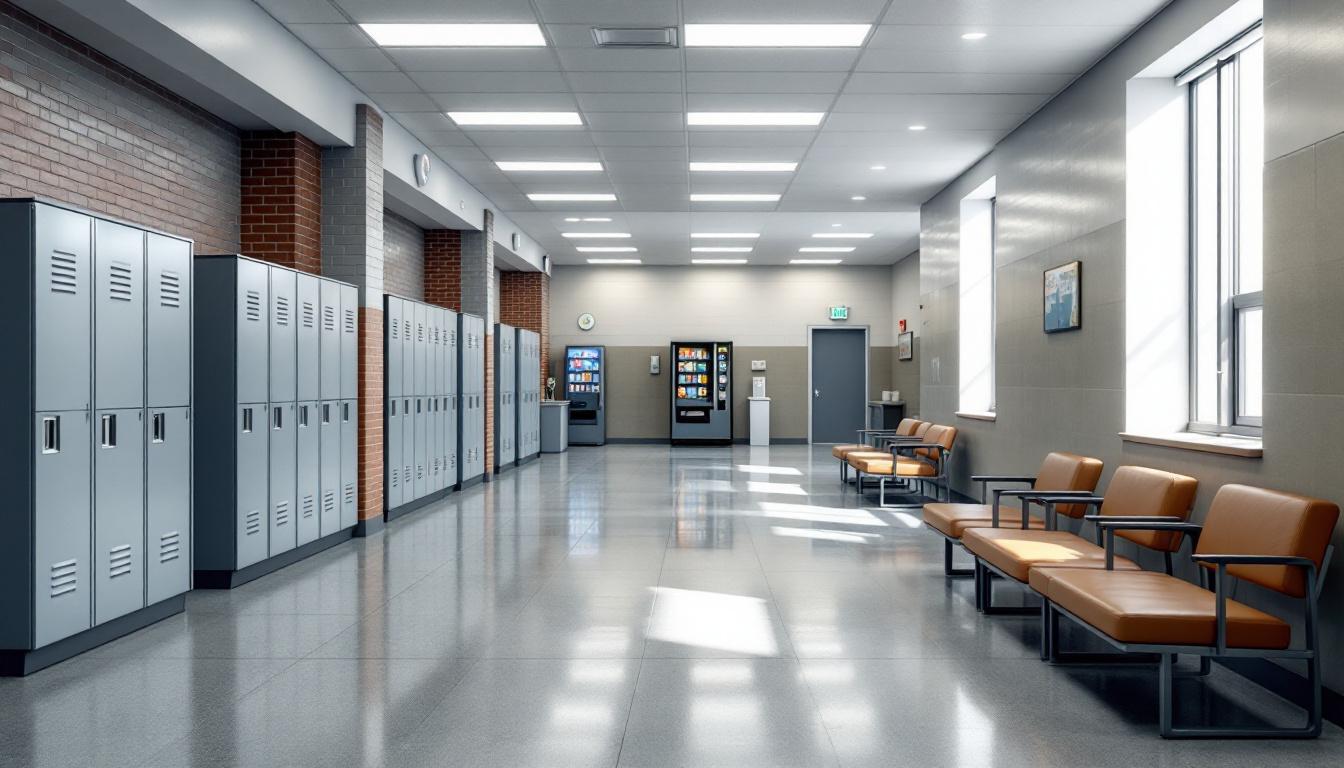
Behind the secure walls and reinforced doors of the Shawano County Jail, inmates navigate a carefully structured environment where concrete floors echo with footsteps and fluorescent lighting illuminates every corner throughout the day and night. Today’s routine unfolds consistently within housing units designed for both security and basic functionality, where inmates adapt to shared living spaces that may accommodate multiple individuals in dormitory-style arrangements or individual cells depending on classification levels. The institutional atmosphere requires residents to adjust to constant supervision, regulated movement between areas, and the absence of many personal freedoms they previously enjoyed.
In addition to this controlled setting, living accommodations typically provide basic necessities including bedding, personal hygiene items, and limited storage space for approved personal property that inmates may receive through commissary purchases or approved packages. Meals generally follow a predetermined schedule with food service delivered to housing units or served in designated dining areas, offering nutritionally balanced options that meet state correctional standards. Despite this structured meal system, inmates often supplement their diet through commissary purchases when funds are available through family support or facility work assignments.
The facility typically provides various programming opportunities and recreational activities designed to maintain physical and mental well-being during incarceration periods. Work assignments may include kitchen duties, cleaning responsibilities, or maintenance tasks that provide structure and sometimes modest compensation for participating inmates. Visitation policies generally allow scheduled contact with family members and approved visitors, while telephone access and written correspondence help maintain important connections to the outside community. These programs and communication options provide essential support systems that help inmates cope with the challenges of confinement while preparing for their eventual return to the community.
Ready to Connect?
Start communicating with your loved one today
Search for an Inmate
